How long can photovoltaic panels last?
Anyone with a little understanding of photovoltaics can give the answer: 25 years.
However, it’s believed that many people have doubts about this answer. Can the glass and the small body with the battery clips on the backplate withstand 25 years of exposure to the sun and wind and rain?
In China, Technolgy workers in Xingsheng New Energy have collected some cases and fully demonstrated that there is no problem with photovoltaic modules for 25 years or even longer.
The oldest photovoltaic power station in China has been repeatedly refreshed.
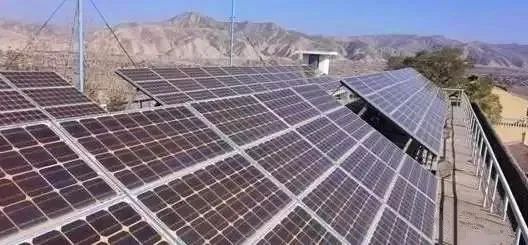
Let’s look at the domestic first. The actual case proves that in 1983, this photovoltaic power station was built in the Gansu Natural Energy Research Institute, 40 kilometers away from the urban area of Lanzhou, with an initial installed capacity of 10KW.
It has a history of 39 years. In the late 1980s, due to insufficient infrastructure, many remote villages in the Yuzhong area of Gansu did not have electricity. These photovoltaic panels officially brought light to the small villages at that time. After all kinds of hardships and years of exposure, wind and rain, the power of the power station is still 7KW.
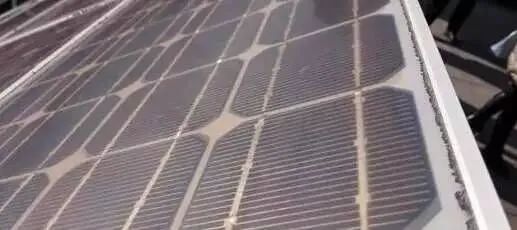
From up close, the cell has yellowed, but it does not prevent it from continuously supplying power to the grid. Today, the 39-year-old power station still generates electricity normally, and all the electricity it generates has been connected to the grid. Isn’t this the photovoltaic panel in the budding period of China’s photovoltaics? This example 39 years ago fully proves that photovoltaic modules can be used for more than 25 years.
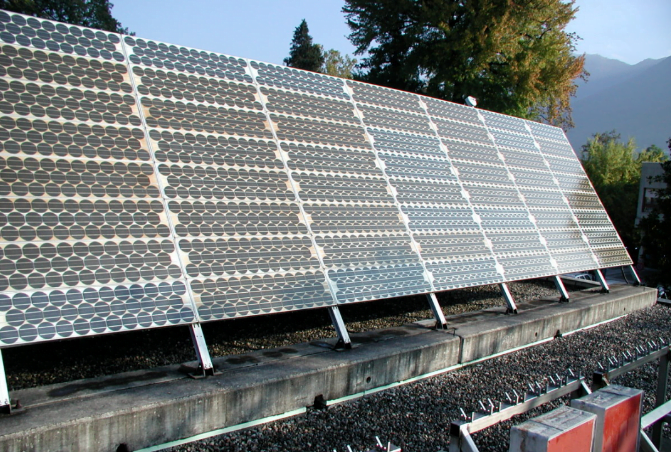
Let’s take a look at foreign countries. The oldest known photovoltaic power station in Europe is located in the canton of Ticino in southern Switzerland. It is installed on the roof of the laboratory of the Swiss University of Applied Sciences and Arts. The installed capacity is also 10KW, with a total of 288 modules. It has operated almost non-stop for 41 years.
Except for a few inverter replacements, all the components have been used to the end, always exposed to the outdoors and sunlight, and have not undergone refurbishment or transformation, and a few components have replaced the junction box and bypass diodes.
The shape of the module is very peculiar today. Each cell on this nearly circular module is encapsulated with a layer of steel foil to prevent water vapor from entering, and both sides of the steel foil are wrapped with insulating materials. Unlike traditional glass/backplane components, it is closer to what we now define as double-glass components.
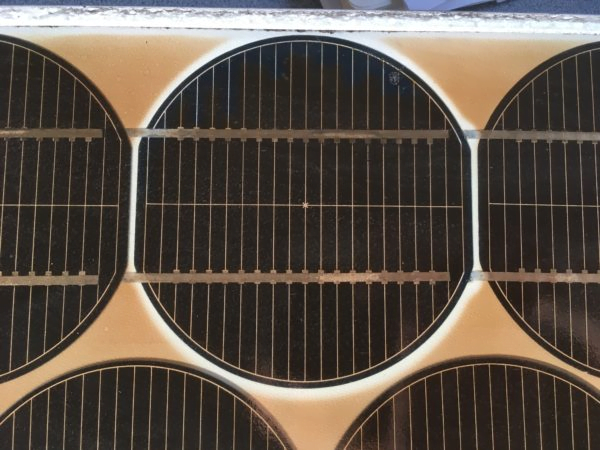
Foreign scientists and research groups have studied the power station, and the report shows that about 21.5% of the modules show a -0.2% annual attenuation, which is in line with the data promised by the manufacturer. About 72.9% of the modules have -0.2% to -0.7% attenuation per year. Scientists say most of the components performed well and met initial expectations. That is to say, at least 70% of the components of the power station meet the service life of 35 years.
Also, in 1995, the off-grid photovoltaic power station located on the top of Shiping Mountain in Yunnan, the photovoltaic modules silently accompanied the forest guards for 20 years, providing simple living electricity.
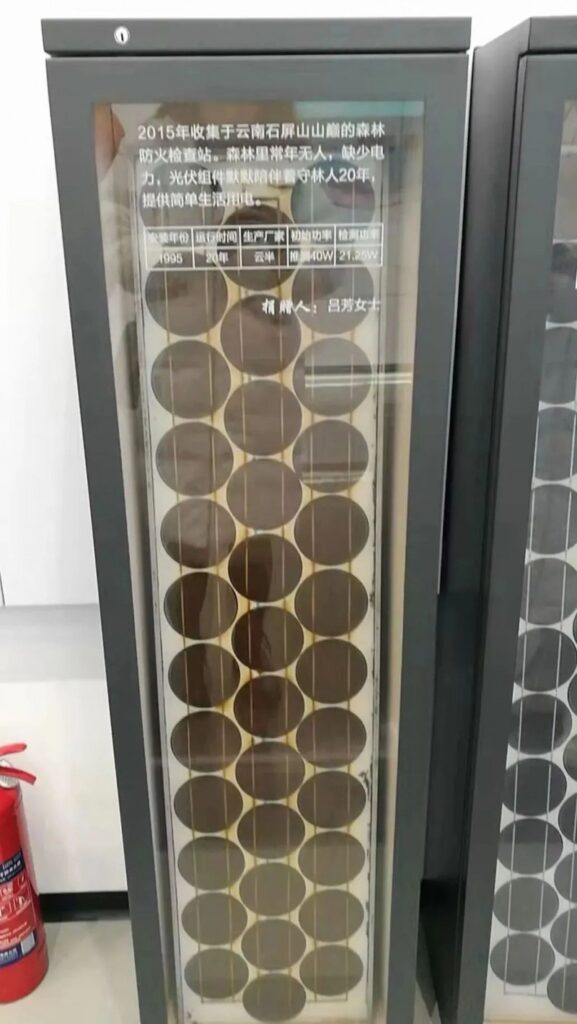
So, the future of this old photovoltaic series, is it maintenance and renovation or direct replacement of new systems?
Through the above research on this ancient power station in Switzerland, it can be found that many components have only -0.2% attenuation per year, and the life cycle is much longer than 40 years.
In fact, with proper operation and maintenance, the life cycle of photovoltaic systems can be extended. If the photovoltaic system works well, it can actually run for more than 25 or even 40 years.
Photovoltaic modules are like the body of a person. No matter how strong the body is, it should also be maintained at ordinary times. To ensure that components maintain optimal performance, the following maintenance measures are recommended:
Whether the PV modules have appearance defects. Focus on the following points:
- Whether the component glass is damaged;
- Whether there is a sharp object touching the surface of the component;
- Whether the components are blocked by obstacles or foreign objects;
- Whether there is corrosion near the grid line of the battery (this corrosion is caused by the damage of the packaging material on the surface of the module during installation or transportation, resulting in the penetration of water vapor into the module);
- Check whether the fixing screws between the component and the bracket are loose or damaged, and adjust or repair them in time.
The cleaning of photovoltaic power plants, pay attention to the following points:
- The accumulation of dust or dirt on the surface of the module will reduce the power output. Regular cleaning work should be carried out once a year as much as possible (the specific interval depends on the conditions of the installation site). When cleaning, use a soft cotton cloth, dry or damp. It is not recommended to use water containing minerals for cleaning, so as not to leave dirt on the glass surface;
- It is not recommended to use rough surface materials for component cleaning under any circumstances;
- In order to reduce potential electric shock or burns, it is recommended to clean photovoltaic modules in the morning or evening when the light is not strong and the module temperature is low, especially for areas with high temperature;
- Do not attempt to clean up photovoltaic modules with features such as broken glass or exposed wires, as people are vulnerable to electric shock.
Preventive Maintenance:
- For the inspection of connectors and cables, it is recommended to carry out the following preventive maintenance every 6 months. 2. Check the sealant of the junction box to ensure that there are no cracks or gaps; 3. Check the aging signs of photovoltaic modules. Rodents on roofs such as factories may damage wiring, as well as connectors for tight connections and corrosion. Check that the components are well grounded.
Additionally, extending the lifetime of a PV system beyond 30 years may also depend on the application of the PV system. For example, a photovoltaic water pump system does not need to be fully loaded for a long time, so its operating life may far exceed the owner’s expectations.
In addition, you should also pay attention to whether the components you buy are products from small manufacturers and fake and shoddy products with a poor warranty.


